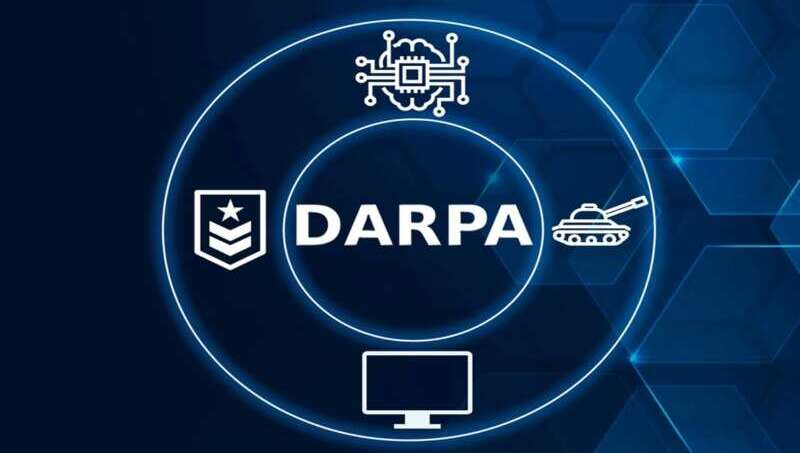
The Defense Advanced Research Projects Agency (DARPA) is calling on the tech and research community to help solve one of quantum computing’s biggest barriers: the inability of quantum systems to communicate and collaborate.
According to a new solicitation notice, DARPA is launching a new contract called Heterogeneous Architectures for Quantum (HARQ), which aims to break this isolation issue by funding technologies to develop the hardware and software needed to enable diverse quantum systems to interconnect and operate as a cohesive whole, rather than as isolated, independent machines.
The need for such an effort stems from a fundamental limitation in current quantum computing design,” DARPA said. “Modern quantum computers are powerful but isolated. Each system is typically built around a single type of qubit, the fundamental unit of quantum information. These homogeneous architectures are limited by the fact that no single qubit type is ideal for all computational tasks.”
But due to the extreme fragility of quantum information, it’s been nearly impossible to integrate different qubit types into one system, the agency said. “Yet recent breakthroughs have signaled that “heterogeneous architectures are feasible and offer superior performance compared to homogeneous architectures by enabling algorithms to run more efficiently while requiring less infrastructure and time to execute applications,” the notice reads.
The agency hopes this heterogeneous approach will dramatically reduce infrastructure costs, speed up application runtimes, and make quantum computing more scalable and useful for high-impact fields like chemistry, materials science, biology, and national security.
The program is structured around two technical areas. The first focuses on developing software tools that can optimize how tasks are divided among different types of qubits, allowing for more efficient execution of quantum algorithms. The second targets the hardware challenge, pushing for breakthroughs in quantum interconnect technologies such as quantum repeaters, frequency converters, and memory devices that will serve as the communication backbone between qubit species.
According to DARPA, these two areas will work in tandem to address both the theoretical and practical hurdles of building large-scale heterogeneous quantum systems.
Proposals are due by Oct. 14, 2025, with DARPA anticipating multiple awards by Feb. 1, 2026.
Multiple awards are anticipated, with each award valued at up to $2 million for Phase 1, and up to $650,000 for the potential a scale-up period.
